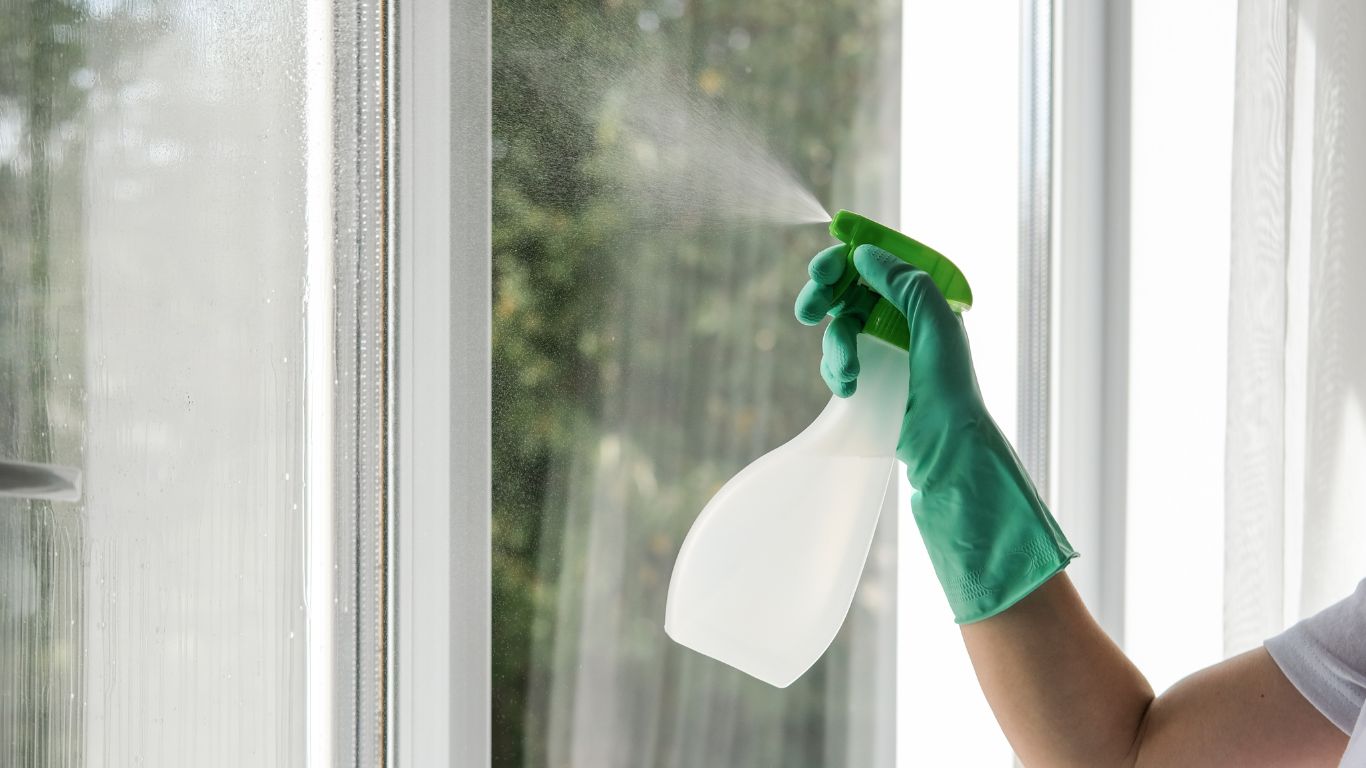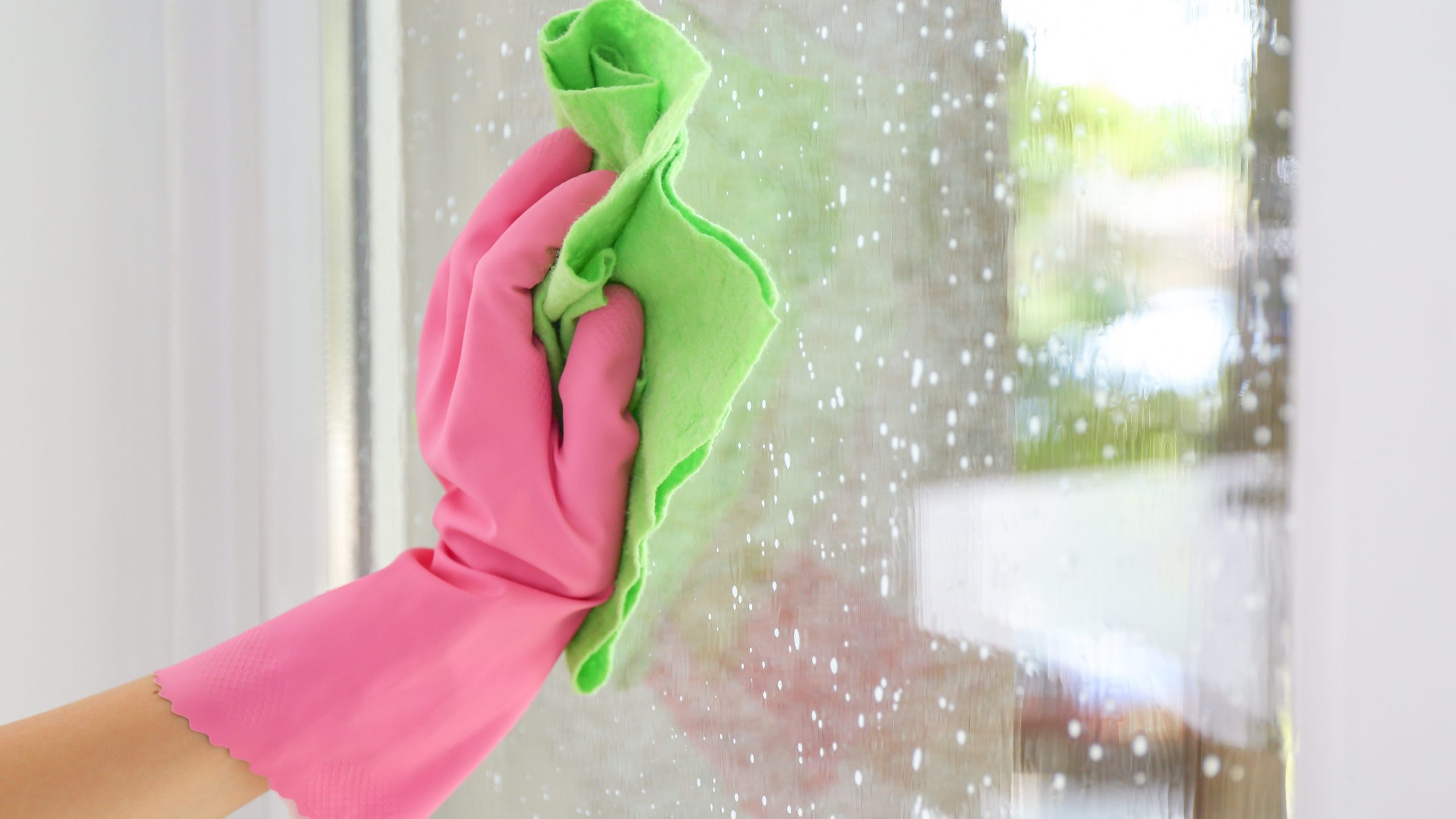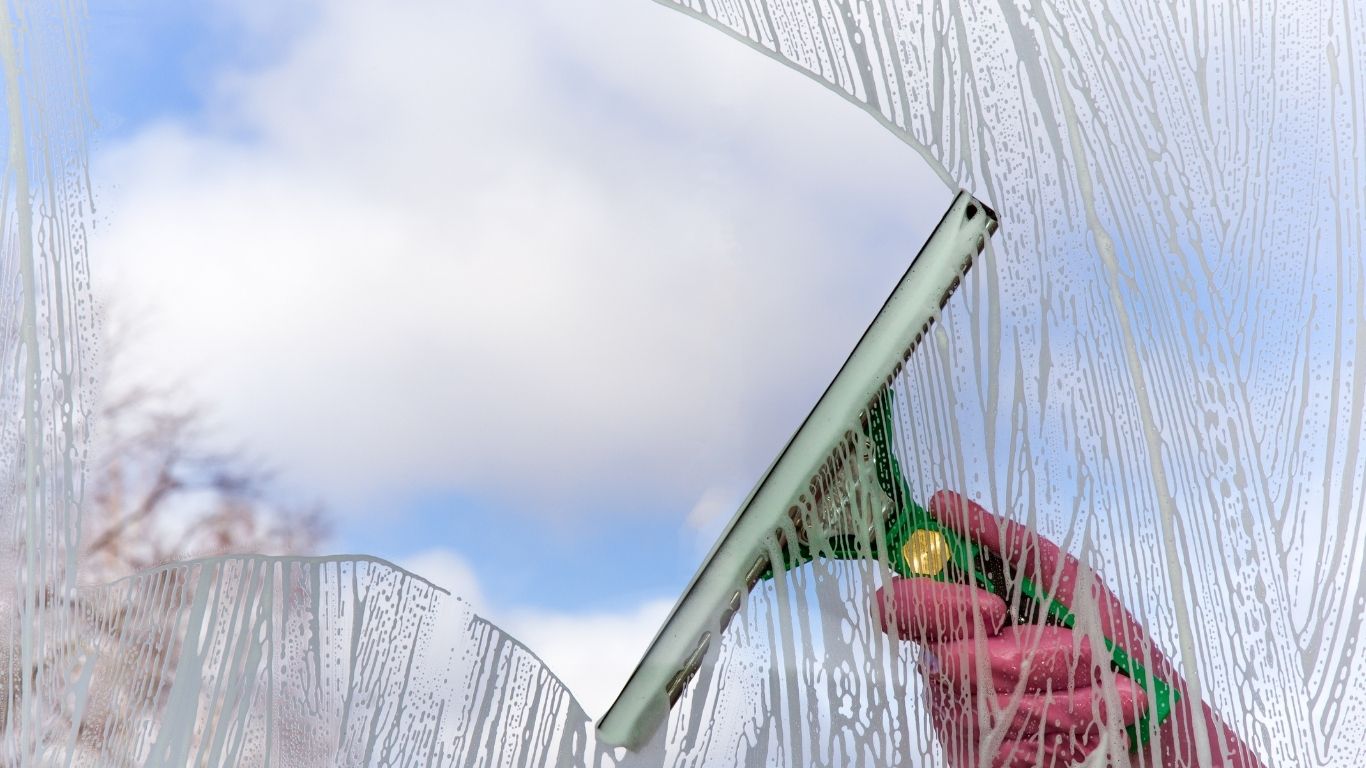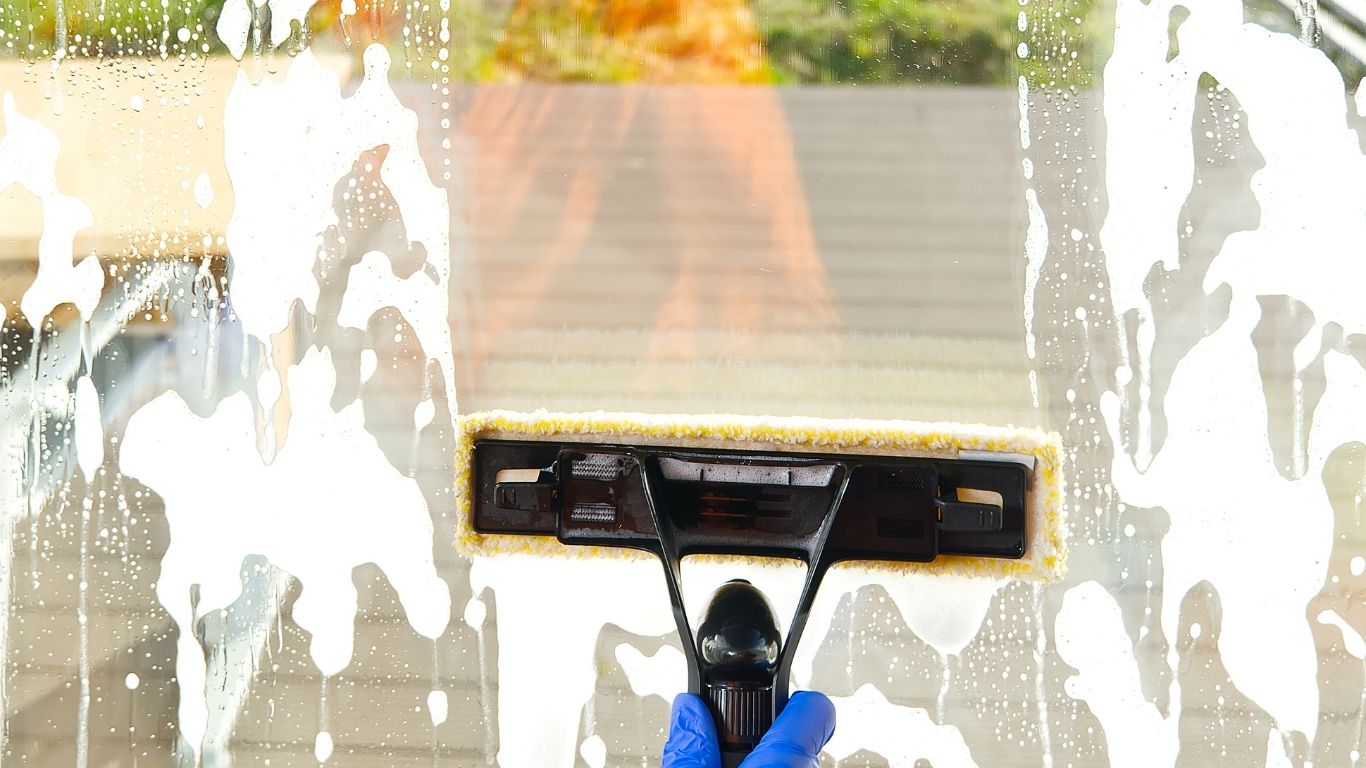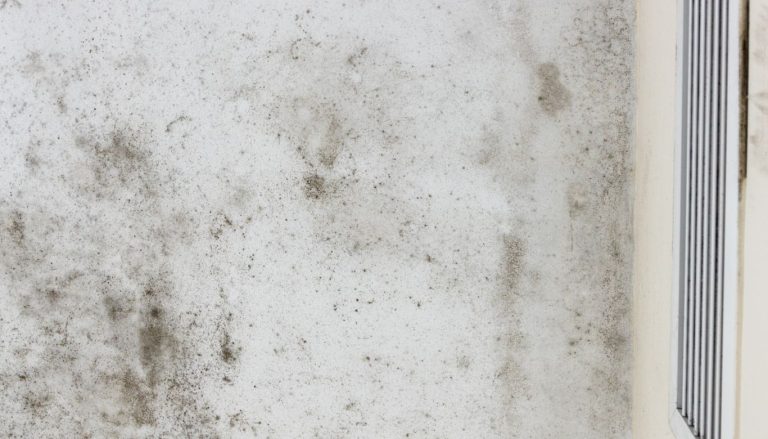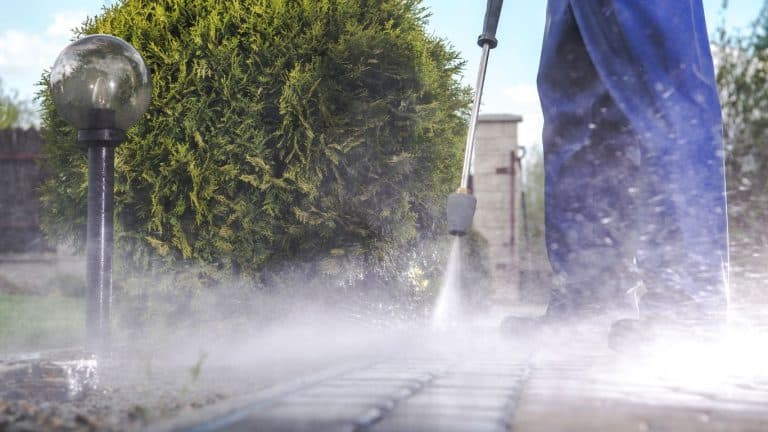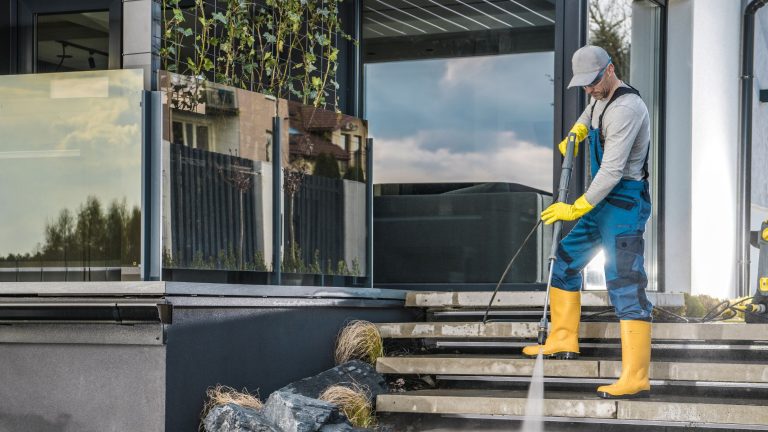How to Get Streak-Free Windows Every Time: Pro Tips That Work
You wipe. You spray. You wipe again. And yet, those streaks are still there, taunting you in the sunlight. Getting clean, crystal-clear windows shouldn't feel like a battle—but if you're not using the right techniques, it's easy to end up with a smeary mess. Today, we're sharing professional, field-tested tips on how to get streak free windows—no fancy gadgets, no fluff.
At Insight Service Solutions, we’ve cleaned thousands of windows across Winnipeg—residential, commercial, and high-rise. We know what works (and what doesn’t) when it comes to getting your glass spotless.
Step 1: Clean at the Right Time of Day
Timing matters. The biggest mistake most people make? Cleaning windows in direct sunlight. The heat causes your cleaner to evaporate before you can wipe it away—leaving those telltale streaks behind.
Pro tip: Clean in the morning or on an overcast day. Cooler temps mean more working time, which means fewer streaks.
Schedule a residential or commercial window cleaning appointment for your ideal time slot today.
Step 2: Use Dedicated, Clean Towels
Contamination is the #1 reason most people struggle with how to get streak free windows. That residue can come from leftover detergent, chemicals on reused rags, or even fabric softener trapped in your towel from the wash.
Always use dedicated microfiber cloths for your windows—and never wash them with your regular laundry. Even trace detergent can lead to streaks.

Step 3: Choose the Right Tools (And Keep Them Clean)
You don’t need a cart full of gear, but you do need the right ones:
- A microfiber cloth (for buffing)
- A separate damp cloth or sponge (for cleaning)
- A rubber-bladed squeegee
Avoid paper towels—they leave lint and can actually cause streaks. And always clean your tools before you clean your windows. A dirty squeegee is a streak-maker.
Pro Tip: Use a dedicated window cleaner, not your all-purpose spray. A mix of water, isopropyl alcohol, and a drop of dish soap works great too.
Need help with tricky windows? Check out our high-rise window cleaning services.
Step 4: Master the Zig-Zag Method
Wiping in circles pushes dirt around and makes it hard to spot streaks. Instead, work top to bottom in an "S" or zig-zag pattern.
- For interiors: horizontal strokes
- For exteriors: vertical strokes
This way, if you see a streak, you know which side it's on. Genius, right?
Book a professional cleaning and skip the guesswork entirely.
Step 5: Pre-Clean the Frames & Edges
Think your windows are clean but still look dirty? The grime might be coming from the frames and edges.
- Dust and wipe the sills first
- Run a vacuum nozzle or brush in the tracks
- Only clean the glass once the edges are grime-free
Dirt from the frame spreads onto your cloth and back onto your glass—making streaks worse.
Get the job done thoroughly with our full-service window packages.
Step 6: Add Mechanical Power for Tough Spots
Bug guts. Dog nose smudges. Off-gassing from new car interiors. These are the contaminants that water alone won’t budge.
Professional tip? Use a block scrubber or bug and decon towel. These are designed for stubborn residues that need mechanical abrasion (not chemical cleaners). Scrub the area gently, then follow up with your microfiber routine.
You can also keep one of these scrubbers in your garage or car for easy cleanup between full washes. They're especially useful for cleaning skylights or upper-floor exterior windows where pressure washing isn't practical.
Step 7: Don’t Skip the Final Buff
Once you've used your damp cloth and squeegee, go over the entire window with a dry microfiber cloth. This picks up any leftover moisture or residue.
Use a clean corner for each window. If the cloth gets damp, switch it out. One dirty cloth can undo all your hard work.
Want more than just clean windows? Pair it with our professional gutter cleaning.
Step 8: Make Your Own Streak-Free Cleaner
Want to DIY your way to spotless glass? Try this recipe:
- 2 cups warm distilled water
- 1/4 cup white vinegar
- 1 tbsp rubbing alcohol
- 1 drop of dish soap (optional)
Shake gently in a spray bottle and label it. This cuts grease, neutralizes odors, and leaves no residue behind.
Also, it’s worth noting that regular window cleaning isn’t just about aesthetics. Dirty windows can actually lead to long-term glass damage and higher maintenance costs.
Step 9: Clean Your Screens and Shades Too
Dusty screens and blinds can transfer grime back to your freshly cleaned windows. Don’t skip them.
- Use a vacuum with a brush attachment
- Wipe blinds with a damp cloth
- For greasy kitchen screens, soak in warm soapy water
Add house washing to your cleaning bundle for a complete refresh.
Step 10: Clean Equipment After Every Use
Don’t put away dirty tools. Grime and residue left on squeegees or towels can scratch your glass or cause streaks next time.
Wash microfiber towels in plain hot water, no detergent or fabric softener. Clean your squeegee blades with warm water and store flat to avoid warping.
You’ll also extend the life of your equipment—and your windows will thank you.
Q&A: Your Streak-Free Window Questions, Answered
How to get streak free windows on a sunny day? Avoid it if possible. But if you must, work in small sections and dry immediately with a clean microfiber.
Do squeegees really help? Absolutely. Squeegees remove residue evenly and quickly, reducing your chances of streaks.
What’s the best homemade solution? Mix 2 cups water, 1/4 cup vinegar or isopropyl alcohol, and a drop of dish soap. Use sparingly.
Can you use newspaper to clean windows? Yes—newspapers are lint-free and can leave a great polish. But they're messy and not reusable.
How often should I clean my windows? At least once a season for homes. More frequently for businesses or high-traffic areas.

